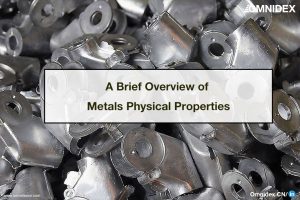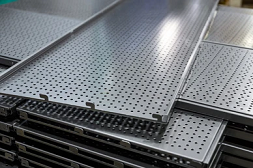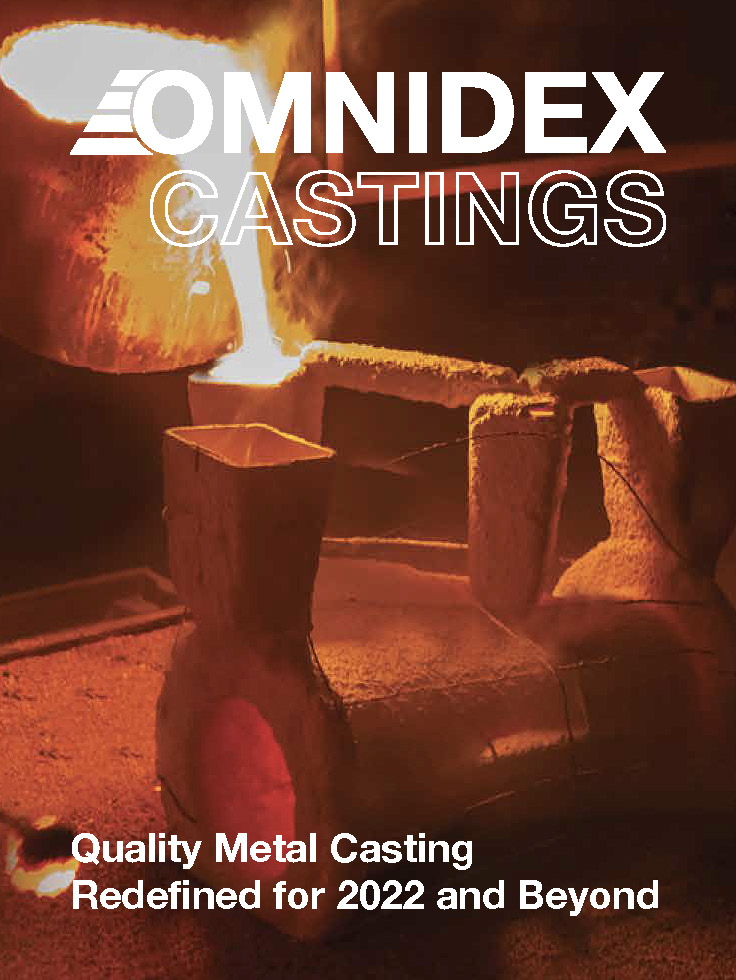

Iron vs steel: What are the Differences Between Metal, Iron and Steel
Today, we can’t imagine a world without metal structures, which are used in everything from the car industry to construction. Despite the fact that concepts like iron, steel, and metal are used every day, many still wonder if there is any difference between them.
Iron, metal, and steel are all commonly used as synonyms, and this is one of the most common mistakes made every day. There are, of course, significant differences between these terms, from their conceptual definitions to the way in which iron or steel is obtained.
Metals, or metallic elements, are chemical elements whose names come from the metal links that link atoms in crystalline grids. Natural metals can be found in their pure state without impurities, according to chemistry. Moreover, each metal has its own set of physical and chemical properties that determine its characteristics and behaviour.
As well as the above classifications, metals can also be classified as precious, semi-precious, and common metals. Depending on their corrosion resistance, metals are classified according to their preciousness. Metals containing precious elements are therefore resistant to corrosion, while metals containing common elements are vulnerable to corrosion.
It is common for metals to have a glossy surface and excellent processing properties. In spite of these properties, laser cutting can be problematic because of its reflective properties. Most metals will occur in a solid-state in normal atmospheric temperatures; notable exceptions to this include mercury, which is a liquid at room temperature and gallium which melts at only 30C.
Stainless steel cannot be classified as a metal due to its chemical properties, but is an alloy. In contrast with steel, metals as such do not have any admixtures in their structure.
Nevertheless, steel has many properties that metals possess despite the fact that it is not a metal. Steel plates, for instance, can have a glossy finish just like metals. In terms of its properties, steel is a good conductor of electricity as well as heat. It is, however, a non-metallic element due to its composition, and therefore cannot be classified as a metal.

In the manufacturing industry, steel and iron are the most commonly used materials. Products and components made from these materials are widely used. Iron and steel may look similar, but they are two very different materials, each with its own unique properties.
The terms steel and iron are often used interchangeably, but they in fact very different materials. Initially, iron is a base element, and steel is a compound of iron and carbon.
It’s likely that people who talk about iron are referring to an alloy of iron with carbon and manganese. In general, iron isn’t used by itself. Typically between 3.5% and 5% of carbon is added to iron and .5% to 1.5% manganese. There can be other elements as well and that contribute to the composition of different alloys.
The lower melting point of iron makes it easier to cast than steel. The higher the carbon content, the higher the casting temperature and the more costly the casting process becomes.
As an alloy, steel combines both iron and carbon, but has less than 2.5% carbon compounds. These chemical variations result in varied compositions and durability corresponding to individual elements. Carbon is always present in steel, but it can be blended with other elements to create a variety of compounds. More than 2,200 steel grades are available, each with its own strengths and weaknesses.
When blended with specific substances, such as nickel or manganese, steel can withstand a wider range of heat temperatures. For these reasons, steel is typically used in buildings and outdoor structures.
In spite of the fact that iron is an important base element, it is brittle and doesn’t offer the same magnetic stability and magnetization as steel.
With an atomic number of 26, iron is a lustrous and ductile metal. With its chrome-coloured appearance it reflects a substantial amount of light. In addition to being magnetic, iron is a ferromagnetic metal, which means it attracts other ferromagnetic metals.
We should recognize the importance of iron as a mineral. As with vitamins, minerals are vital to proper nutrition. As an essential nutrient for hemoglobin formation, iron provides nutrients for the human body to use. Hemoglobin—a key component of red blood cells—is produced by the essential mineral, which acts as a catalyst.
Your body will be unable to produce enough red blood cells if you don’t consume enough iron, which will result in anaemia, or iron deficiency. There are a number of foods providing iron such as beef, chicken, oysters, beans, lentils, fish, vegetables, bread, and fortified cereals.
In contrast, steel is a ferrous alloy primarily composed of iron and carbon. It is a common misconception that steel is a metal, but this isn’t entirely true. Even though it exhibits the same characteristics as metals, it is classified as an alloy. Metals occur naturally as elements, while alloys are composed of mixed elements and components that do not occur naturally as elements.
Iron is a naturally occurring element. In fact, it’s the most abundant element on Earth. Steel, however, cannot be found in Earth’s outer or inner core, since it is a man-made alloy that is made by mixing iron and carbon.
Iron and carbon are both present in all steel. However, steel is distinguished from iron by the addition of carbon. There is about 2.14% carbon in steel by weight. Even though it’s a relatively small amount of carbon, it can cause significant changes in the characteristics of the material. As an example, steel is stronger and harder than pure iron.
With more than 78 manufacturing processes, including metal casting, metal fabrication, precision CNC machining, plastic fabrication, metal finishing and more, etc., in addition to our 200+ sub-contractor partners, OmnidexCN is able to support every project or component production regardless of the development stage or mass production.
You can find out more about our diverse industrial manufacturing services and solutions by contacting us.
Contact our Customer Service and let us know how we can help to catapult your next project to success.

If you are looking for metal casting services, our brochure is a great way to discover what Omnidex has to offer. You can download HERE or EXPLORE HERE to learn more or .


If you are looking for metal casting services, our brochure is a great way to discover what Omnidex has to offer. You can download HERE to learn more.

Copyright © 2024 Omnidex. All rights reserved.